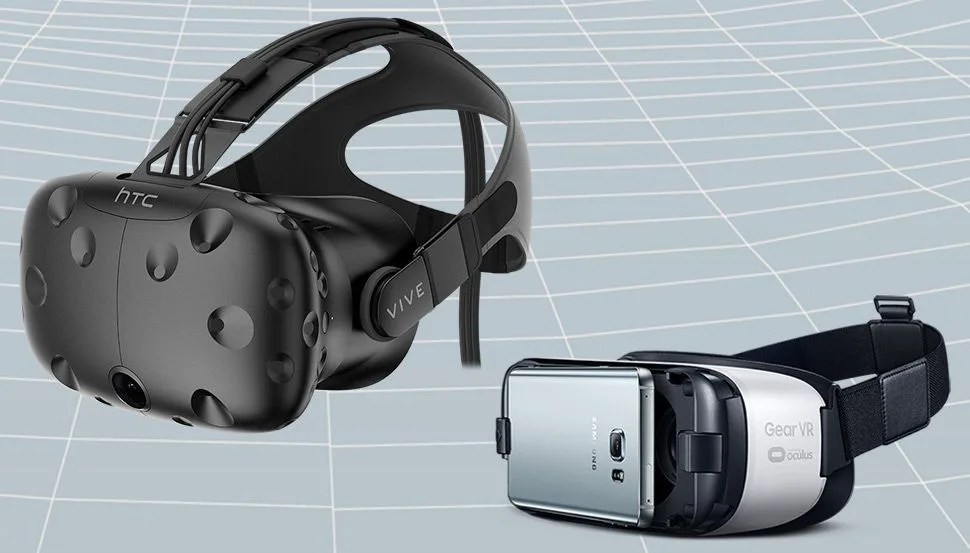With all the new 360-degree cameras flooding the market — Samsung, 360Fly, Ricoh, Kodak, Nikon, and many more — it’s pretty obvious that “virtual reality” is the global Next Big Thing in consumer electronics.
Except, it’s not. Well, it is — virtual reality’s ascension, that is — but 360-degree cameras are not actually VR devices. Not precisely. It feels like hair-splitting, but the distinction is important, and the consumer-electronics industry’s long history of not splitting those hairs quite well enough can confuse enthusiasts looking to ride the next coolest wave.
Consider, for instance, some misleading terminology that has recently muddied the retail-electronics waters. HD Radio, for instance, is a technology used to transmit radio signals digitally instead of via analog transmitters. Unfortunately, digital transmission doesn’t automatically mean “high-definition” at all — it just means digital. But HD Radio creator iBiquity thought it would be great to cozy up to the public’s grasp of HD television tech when branding their radio transmitter. It’s deliberately misleading. Consumers purchase HD Radio gear thinking they’re getting enhanced audio. They’re absolutely not. (High-definition audio is another variation, replete with its own controversies.)
As cool as they are, 360-cameras are not VR.
Then there’s that major media darling (or whipping boy) of the moment, autonomy. Tesla and Mercedes both have cars they describe as semi-autonomous. That means they can detect vehicles and objects in their surroundings and avoid them — usually far better than human drivers — while keeping the car cruising down the road in what amounts to an only slightly more advanced version of cruise control. Real autonomy (thinking, making decisions, even having decision protocols) is an order of magnitude more difficult than simple see-and-avoid technology. Throwing “semi” into the nomenclature just adds to the confusion. It’s not autonomy. Not even close, really.

The same is true for virtual reality. As cool as they are, 360-cameras are not VR. True VR constitutes simulated environments, whether replications of actual places or fictional worlds, presented via high-powered headgear and, eventually, other bodily accessories like gloves and whatnot. Users have the ability to move around the environments and interact with them. The worlds need to be created, and for that, significant computing power is necessary. This is the reason the most advanced virtual-reality goggles, including the Oculus Rift, must be tethered to a PC. Other versions can work via smartphones inserted into goggles ahead of a pair of lenses, but the experience is limited to what sort of environment the app can generate.
